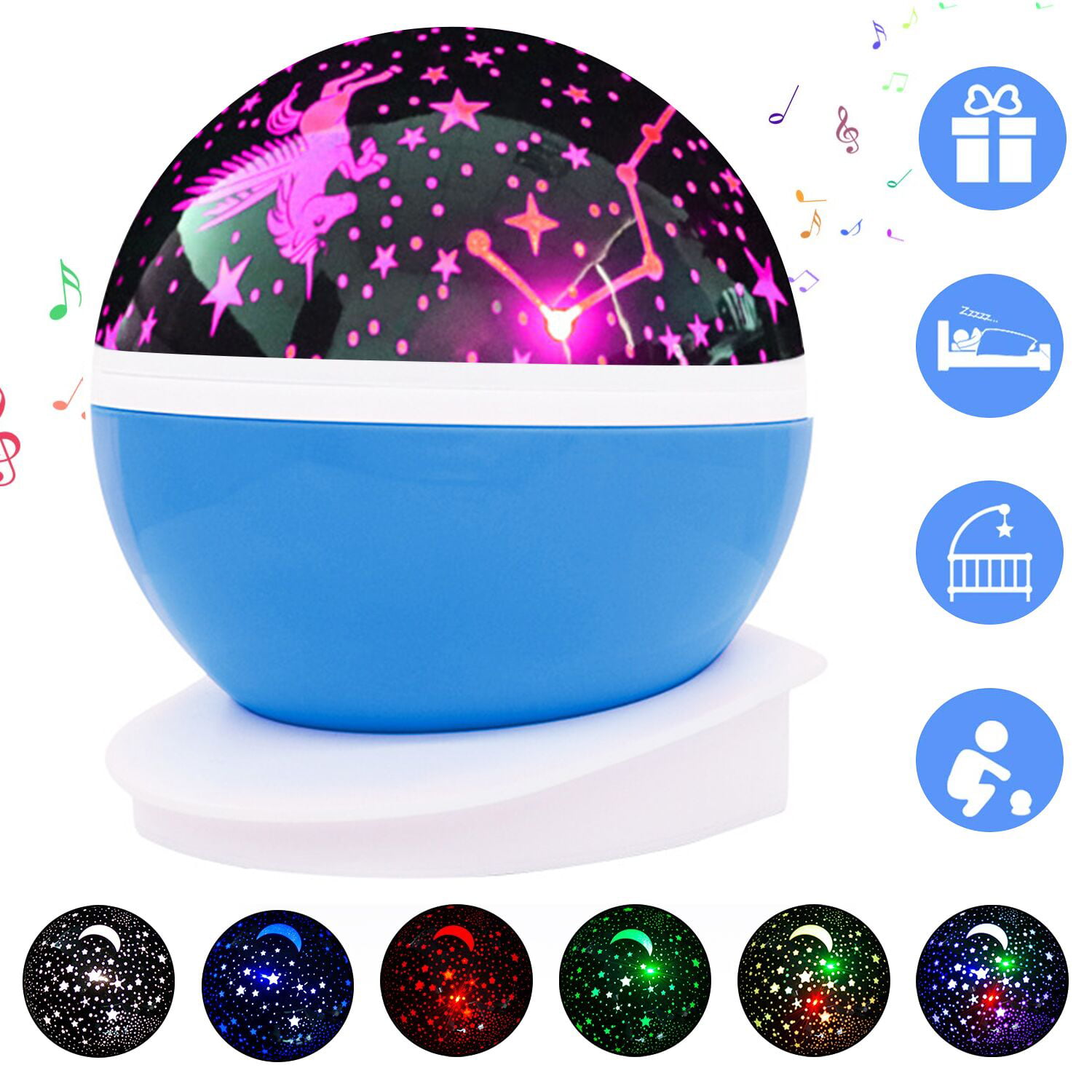

These shows have been translated into 18 languages. More than 1,000 programs have been distributed throughout the United States and across four continents. Carnegie Science Center has established itself internationally as a leading creator of quality planetarium shows with innovative content. Since 1991, the Buhl legacy and mission has continued at Carnegie Science Center, thanks to the leadership support of the Buhl Foundation for the Buhl Digital Planetarium and related astronomy programming.

The store, located near present-day PNC Park, closed in 1958. The Boggs and Buhl Department Store provided the finer things for the residents of (then) Allegheny City and the entire region. The original building was named for Henry Buhl, Jr., who built his fortune in retail with his partner, Russell Boggs. For decades it served millions of visitors spanning several generations, from the merely curious to future NASA astronauts. It featured a 492-seat “Theater of the Stars” and boasted a 65-foot-diameter dome. When it opened in October 1939, the Buhl Planetarium was the fifth major planetarium in the United States-joining those in Chicago, New York, Los Angeles, and Philadelphia. The Buhl Foundation was created in 1927 in honor of the late Henry Buhl, Jr., to lead several civic projects, including the construction of a planetarium. The new Zeiss Model II Star Projector exhibition was made possible by a $100,000 gift from the Buhl Foundation.

Among many other notable uses, Air Corps pilots used the Buhl’s Zeiss Model II Projector to train during World War II. Complex clockwork mechanisms allowed it to accurately project the stars as they would appear at any point in time, from any place on the Earth. The Zeiss Model II Star Projector was the workhorse of the Buhl Planetarium from 1939 until Carnegie Science Center opened in 1991, after which it was reserved for special programming.


 0 kommentar(er)
0 kommentar(er)
